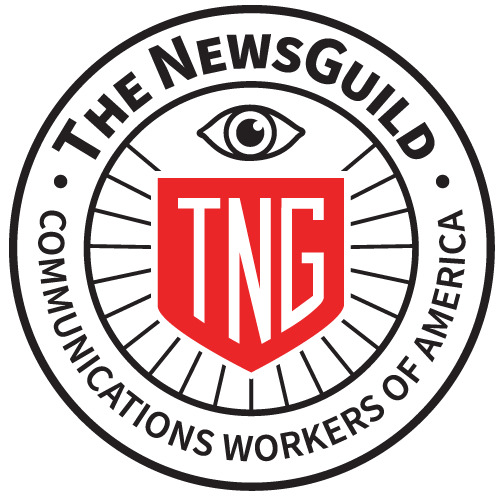A pay study by The New Yorker Union found a gender pay gap that especially affects women of color at the magazine. The study was based on information provided by the publication’s owner, Condé Nast, in September 2020. It was conducted as the union prepared to present pay proposals to management during bargaining for a first contract.
With a median salary of $64,000, unionized employees of The New Yorker are underpaid for the industry and marketplace, the union noted when it released its findings. According to the M.I.T. Living Wage Calculator, the typical 2020 N.Y.C.-area media worker earns $67,271 annually.
Among the study’s findings:
- Male bargaining-unit members’ median salary falls above the shop median; female bargaining-unit members’ median salary falls below. The discrepancy between men’s and women’s median pay is $4,000.
- Among employees of color, the gap between men’s and women’s median pay is closer to $7,000.
- Women of color earn a lower median salary than white women, and the pay gap affecting women of color is widest among employees whose salaries fall below the shop median.
Several departments where union members work primarily on the print magazine or the website show a pay gap across platforms. The hiring of Web-dedicated employees is a relatively recent development; some print employees have worked at The New Yorker longer than the digital product has existed.
- The nature of the print-web pay gap is inconsistent from department to department, but usually favors print employees.
- In departments where the print-web pay gap tends to favor print-side employees—fact-checking, art/photo, and copy—web employees are more racially diverse than their colleagues on the print side.
Many employees suffer a “loyalty penalty,” or long-term wage stagnation.
- Despite a median tenure of four years—twice the shop median—editing assistants are, as a group, the most poorly compensated members of the unit, with a median salary of $42,000.
- Despite a median tenure of 20 years, proofreaders in the copy department have a median salary of just $57,000.
The New Yorker Union proposes to:
- Raise the salary floor.
- Institute a system of regular pay increases.
- Establish salary minimums tied to job classifications.
- Regulate pay, integrate workflows, and cross-train/cross-promote employees across platforms.
The New Yorker Union is urging the company to invest in its workers financially. “Increasing wages, improving transparency around compensation, regulating salary structures, and opening equitable avenues to advancement will allow The New Yorker to sustain a diverse workforce that is dedicated to the publication’s mission and standards, and will allow the people who make The New Yorker to support themselves and their families while continuing to learn, grow, and produce work of the highest quality,” they wrote.
“We demand a fair contract—and that means fair pay.”
The New Yorker Union said, “Recent efforts to hire more diversely are evident, but to become an inclusive workplace, The New Yorker must offer more opportunities for employees to advance professionally and financially.”
- Of bargaining-unit members who chose to identify their race, 56% are white, 16% Asian, 11% Black, 7% Latino, and 7% people of two or more races.
- Almost two-thirds of bargaining-unit members are women; almost two-thirds of those women are white.
- Roughly 80% of bargaining-unit members are younger than 40; there is much greater racial diversity among employees under 30 than in any other age group.
- The median tenure of bargaining-unit members is two years; among male bargaining-unit members, the median tenure is four years, and among white male bargaining-unit members—who make up only 15 percent of the unit—the median tenure is five years.

